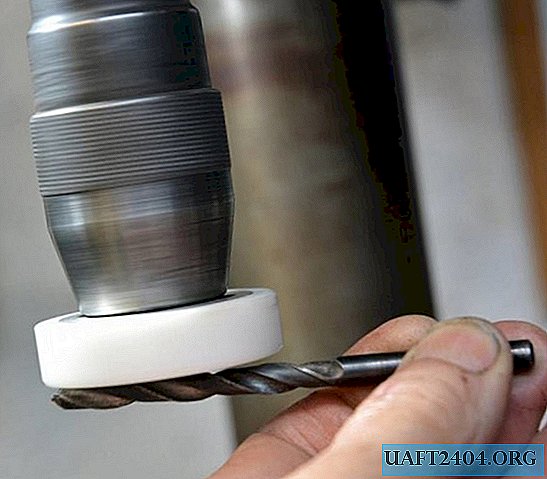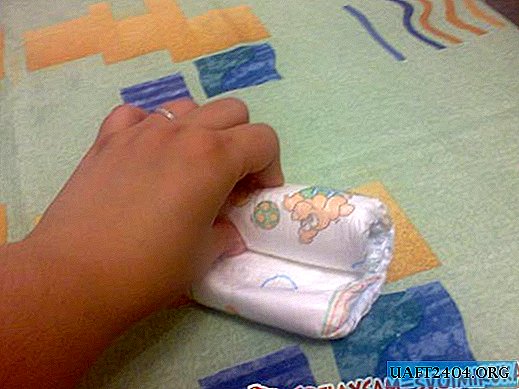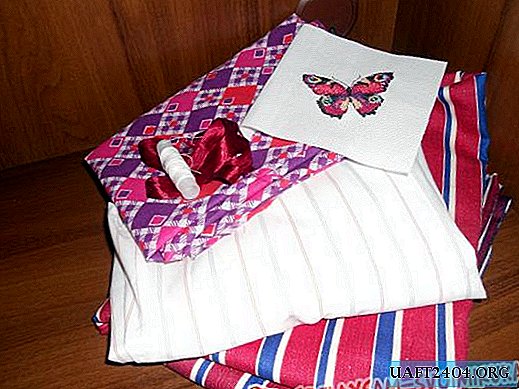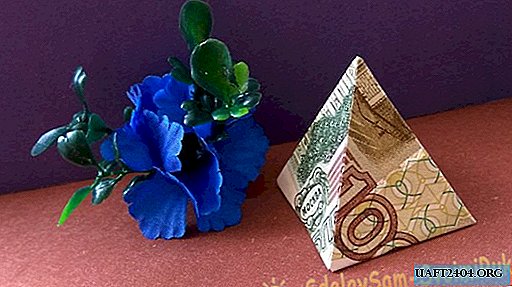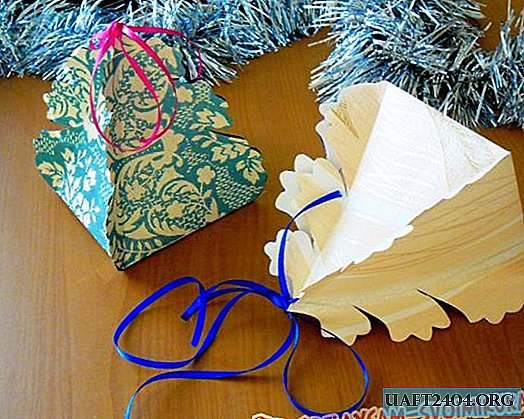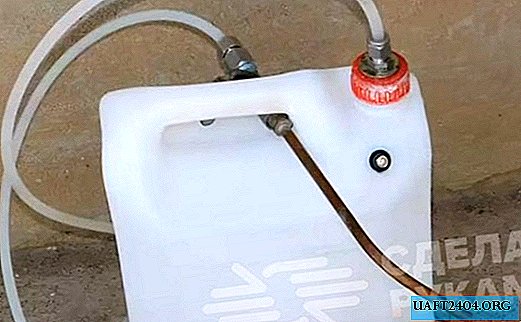Share
Pin
Tweet
Send
Share
Send
To clean the pan from the carapace, there are a variety of chemicals and preparations. Some of them are dangerous to humans. You can also use folk methods, but to implement them in a modern kitchen is difficult, and sometimes simply impossible. Below we consider the most radical cleaning method - fire.
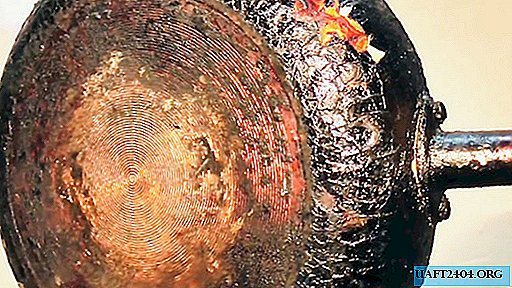
Will need
To implement it, we need:
- a pan overgrown with soot;
- intense flame source;
- capacious container with water;
- scraper (metal washcloth).
Technology for removing carbon from an old pan

We use the principle: wedge by wedge. The formation of carbon deposits on the surface of the pan, in addition to fat and oil, contributes to the high temperature, which is somewhat knocked down by the liquid components present in the fried foods. It also contains water that evaporates and also cools the pan.
If you heat this cooking utensil without contents, then the calcination temperature will exceed the working temperature, and a deposit of fat and oil will begin to peel off the surface of the pan and even burn out directly.


The duration of direct heating with an open flame should be the longer, the more massive the dishes to be cleaned, in particular, its thickness, and the more powerful the carbon layer.

After the soot burns out and exfoliates almost completely, not allowing the hot pan to cool, quickly immerse it in a container of cold water. A sharp temperature difference also helps to clean dishes from soot.

As soon as the temperature of the pan drops to a level that allows you to touch it with your hands, we begin to scrub the remaining carbon deposits on the dishes with a scraper, without removing it from the water.

This cleaning step does not require much time and effort, since adhesion between carbon particles and metal due to intense calcination and rapid cooling is reduced to a minimum.

Attention! The cleaning method described above is applicable only to cast iron pans. Aluminum, Teflon and ceramic dishes cannot be subjected to such a test. From this, she will become completely unusable.

Also see how to quickly clean any hob without too much effort - //sdelaysam-svoimirukami.ru/4838-samyj-jeffektivnyj-sposob-ochistit-varochnuju-panel.html

Share
Pin
Tweet
Send
Share
Send



